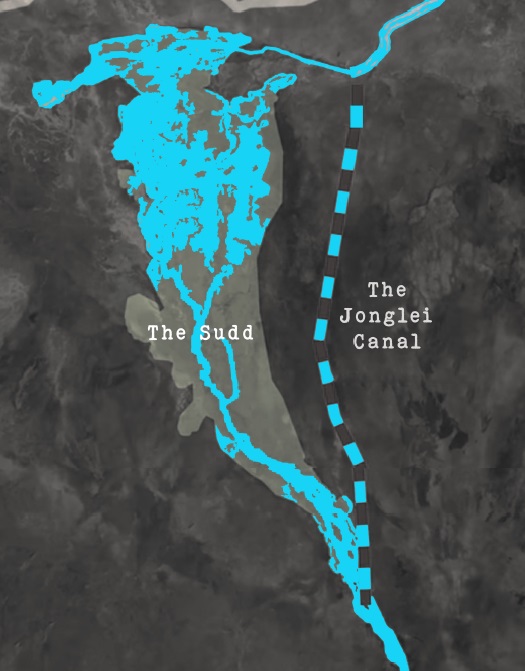The Jonglei Project - A Threat to the Shoebill
July 15th, 2024
The Jonglei Project, a large-scale irrigation scheme in southern Sudan, poses a significant threat to the shoebill due to its potential impact on wetland habitats. Here are some specific ways in which the project may affect the shoebill:
Habitat alteration and loss: The Jonglei project involves the construction of a massive canal (the Jonglei Canal) to divert water from the Sudd Marshes, one of the largest wetlands in the world. This diversion may result in a significant reduction in the size and quality of wetland habitats that are critical to the shoebill’s survival.
Changes in water flow: Altering the natural flow of water can disrupt wetland hydrology. Shoebills depend on stable water levels for nesting and feeding. Changes in water flow can flood nesting sites or dry up feeding areas, making it difficult for shoebills to find food and reproduce successfully.
Reduced food availability: The Sudd swamps are rich in fish and other aquatic life on which the shoebills feed. By reducing the extent and depth of these wetlands, the Jonglei Project may reduce the abundance and diversity of prey species, leading to food shortages for the shoebills.
Increased human activity: The development of the canal and associated infrastructure may lead to increased human presence in previously remote areas. This can lead to increased disturbance from fishing, hunting, and other activities, further stressing the shoebill population.
Ecosystem imbalance: Large-scale hydrological changes can cause imbalances in the wetland ecosystem, affecting not only the shoebill but also other species that share its habitat. These imbalances can have cascading effects, ultimately affecting the entire wetland community and reducing the overall health of the ecosystem.
In summary, the Jonglei Project threatens the shoebill by degrading and reducing its wetland habitat, altering water dynamics, reducing food availability, and increasing human disturbance.


